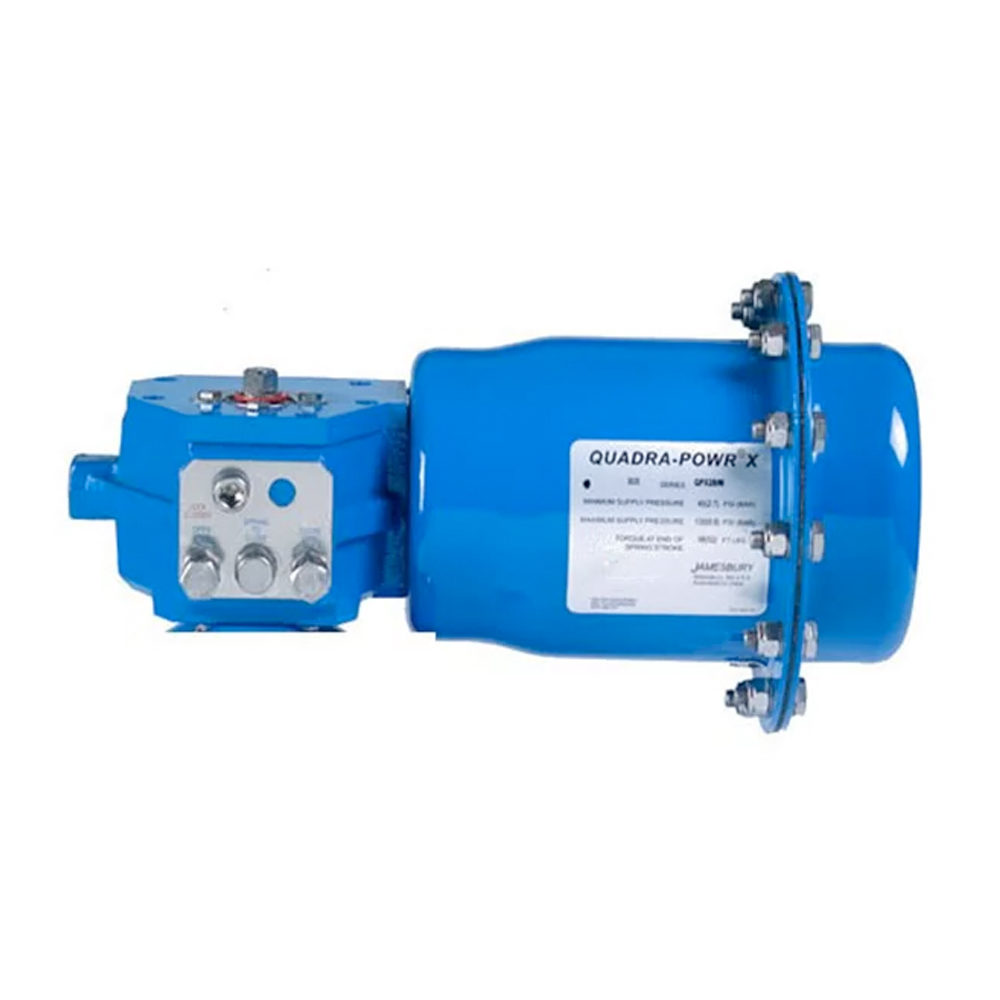Revealing Power: Understanding Compressed Air Devices with Mechanical Override

In the world of control systems, pneumatic actuators play a crucial role in transforming compressed air into motion. These mechanisms are important in various applications, from manufacturing equipment to system regulation, where precise movement and force are required. However, what happens when a system fails or when power is lost? This highlights the need for the concept of a manual override becomes crucial. A pneumatic actuator with manual override provides an essential safety net, allowing users to manually override the actuator in emergency situations or during maintenance.
Grasping how a pneumatic actuator with manual intervention works is fundamental for professionals as well as technicians alike. Such devices not only improve operational consistency but also guarantee that processes can continue seamlessly even in unforeseen circumstances. By including a manual override feature, these devices offer a blend of automation and manual control, empowering users to maintain authority over their systems when it is most needed. In this article, we will investigate the mechanics behind pneumatic actuators and the value of incorporating a manual intervention into their design.
What do you mean by Pneumatic Actuators?
Such devices are devices that transform compressed air into mechanical motion. Such actuators are commonly utilized in many manufacturing applications to automate control systems. With the help of the power from compressed air, pneumatic actuators can generate linear or rotary movements, making them essential components in processes that necessitate exact and swift actuation.
Pneumatic actuators function based on the concepts of air dynamics and fluid mechanics. As soon as compressed air is delivered to the actuator, it exerts pressure against a membrane or piston, resulting in motion. Depending on the type, pneumatic actuators can provide significant force output with comparatively reduced power needs, which is one of the causes for their attractiveness in manufacturing industries.
Such actuators are offered in different types, including single-acting and double action models. The single-acting actuators utilize air pressure in one direction, while a mechanical mechanism returns them to their original position. In contrast, double-acting actuators can move in both, offering more flexibility and control. These features make pneumatic actuators a key choice for applications requiring effectiveness and dependability.
Importance of Manual Override
The manual bypass feature in pneumatic actuators is crucial for ensuring control during urgent situations or unforeseen situations. In the instance of a power failure or pneumatic system issue, operators can utilize the manual override to guarantee that processes can be carried on safely. This functionality helps lessen costly downtimes and allows for the swift resolution of issues without the requirement for extensive repairs.
Furthermore, having a manual bypass enhances the overall safety of the system. Operators can act directly when automatic controls may not function appropriately, particularly in urgent operations. This ability enables personnel to make quick decisions and adjustments, thereby lowering the risk of accidents or equipment damage. In industries where safety standards are rigorous, manual overrides are often mandatory to meet compliance standards.
Ultimately, the versatility that a manual control provides contributes to the efficiency of operations. It allows for enhanced adaptability to evolving conditions on the factory floor. With the ability to transition to manual control, operators can modify processes or make changes in real-time, leading to enhanced productivity and superior resource management. This dual functionality not only boosts operational reliability but also offers reassurance to operators and stakeholders alike.

Applications and Advantages
Pneumatic actuators with an override feature are extensively applied across multiple industries, including industrial operations, automobile and food processing. In automated systems, these actuators enable precise control over machinery, allowing for efficient operation in tasks such as opening and closing valves, controlling airflow, and powering conveyor belts. The option to take manual control of the actuator provides an important backup, guaranteeing that operators can retain control during robotic failures or maintenance activities.
One notable benefit of using pneumatic actuators with manual override is enhanced safety. In emergency situations where automated systems may fail, operators can swiftly engage the manual override to halt processes or modify machinery, reducing the risk of mishaps or equipment damage. This feature allows for ongoing operation even in difficult conditions, making it a vital component in high-stakes environments where reliability is paramount.
Additionally, the versatility that these actuators provide contributes to enhanced operational efficiency. By allowing manual control when necessary, operators can make real-time adjustments without relying solely on automated systems. This adaptability helps to streamline processes, minimize downtime, and increase overall productivity, making pneumatic actuators with manual override a crucial asset in various applications.
